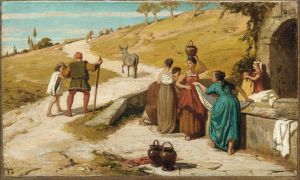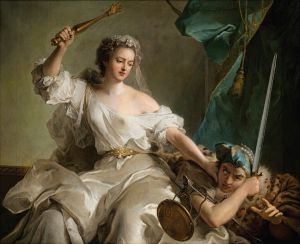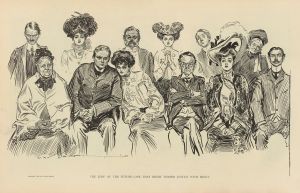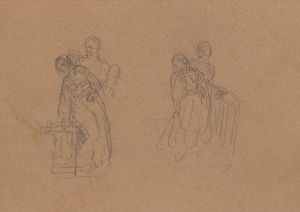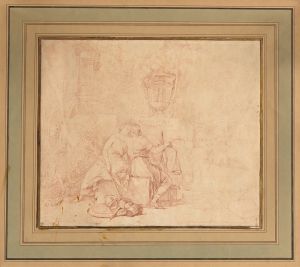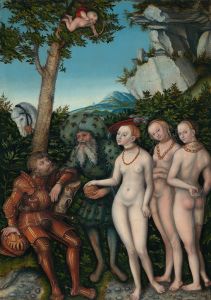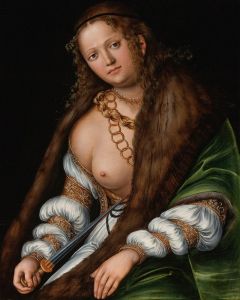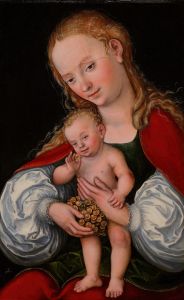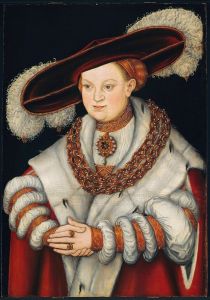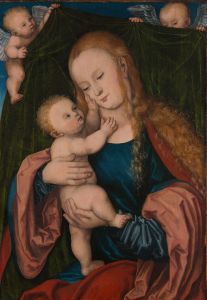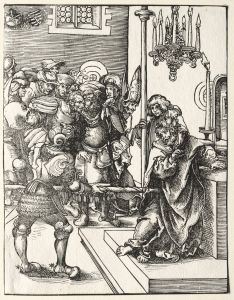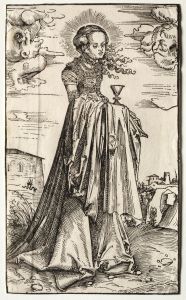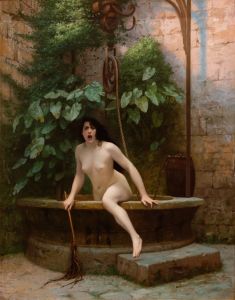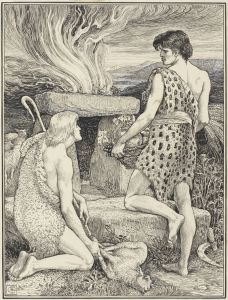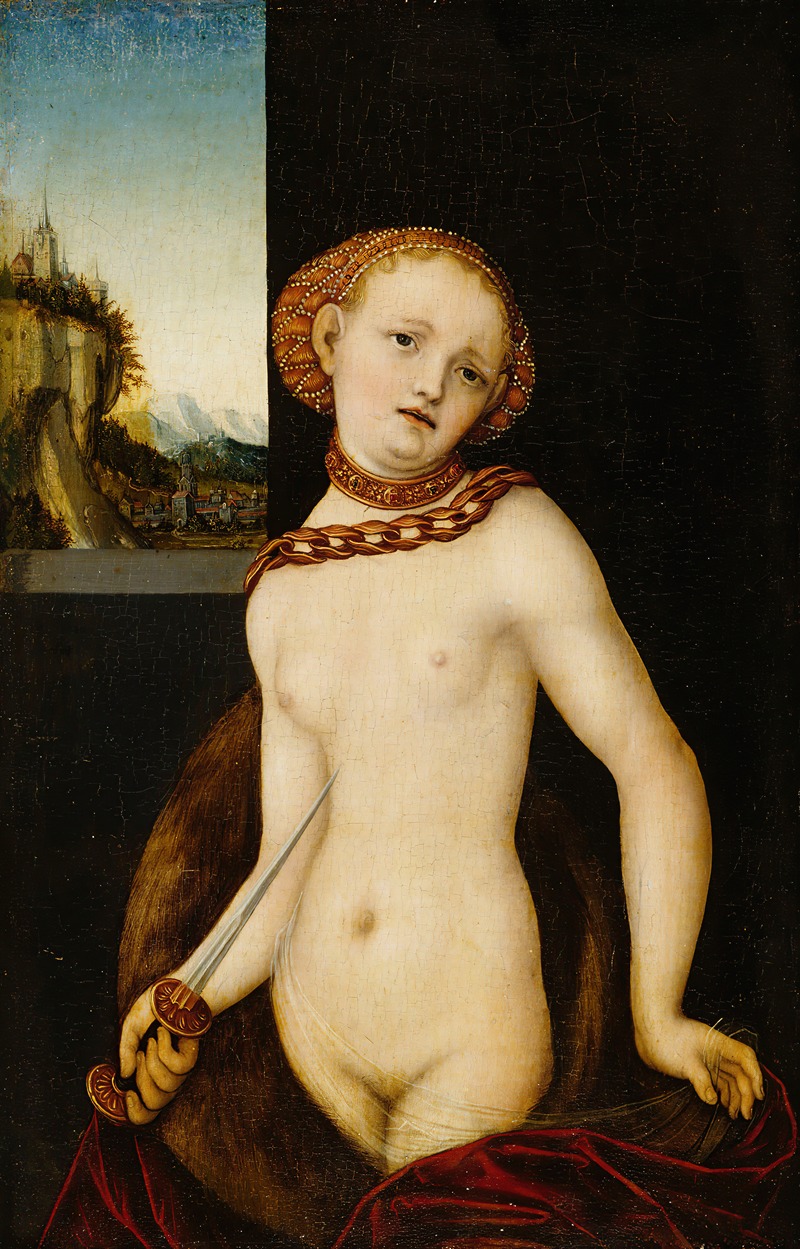
Lucretia
A hand-painted replica of Lucas Cranach the Elder’s masterpiece Lucretia, meticulously crafted by professional artists to capture the true essence of the original. Each piece is created with museum-quality canvas and rare mineral pigments, carefully painted by experienced artists with delicate brushstrokes and rich, layered colors to perfectly recreate the texture of the original artwork. Unlike machine-printed reproductions, this hand-painted version brings the painting to life, infused with the artist’s emotions and skill in every stroke. Whether for personal collection or home decoration, it instantly elevates the artistic atmosphere of any space.
Lucas Cranach the Elder, a prominent German Renaissance painter, created multiple works depicting the figure of Lucretia, a legendary Roman heroine. These paintings are collectively referred to as "Lucretia" and are notable for their exploration of themes such as virtue, honor, and tragedy. Cranach's depictions of Lucretia are characterized by his distinctive style, which combines elements of Northern Renaissance realism with a refined, courtly aesthetic.
The subject of Lucretia originates from Roman history and legend. According to tradition, Lucretia was a noblewoman whose rape by Sextus Tarquinius, the son of the last king of Rome, led to her suicide. Her death became a catalyst for the overthrow of the Roman monarchy and the establishment of the Roman Republic. In art, Lucretia is often portrayed at the moment of her suicide, holding a dagger and sometimes accompanied by symbolic elements that emphasize her chastity and virtue.
Cranach's "Lucretia" paintings typically depict the heroine in a half-length or three-quarter-length pose, often nude or partially draped, holding a dagger to her chest. These works reflect the Renaissance fascination with classical themes and the human form, as well as the moral and philosophical questions surrounding Lucretia's story. Cranach's treatment of the subject is notable for its delicate balance between sensuality and solemnity, a hallmark of his artistic approach.
The exact dates of Cranach's various "Lucretia" paintings are not always known, as he revisited the subject multiple times throughout his career. Many of these works are now housed in major museums and collections around the world, including the Kunsthistorisches Museum in Vienna and the National Gallery of Art in Washington, D.C. Each version of "Lucretia" reflects Cranach's evolving style and the preferences of his patrons, who were often members of the European nobility.
Cranach's "Lucretia" paintings are significant not only for their artistic merit but also for their cultural and historical resonance. They exemplify the Renaissance interest in classical antiquity and the human condition, as well as the complex interplay between personal virtue and public action. Through his depictions of Lucretia, Cranach contributed to the enduring legacy of this iconic figure in Western art and thought.





